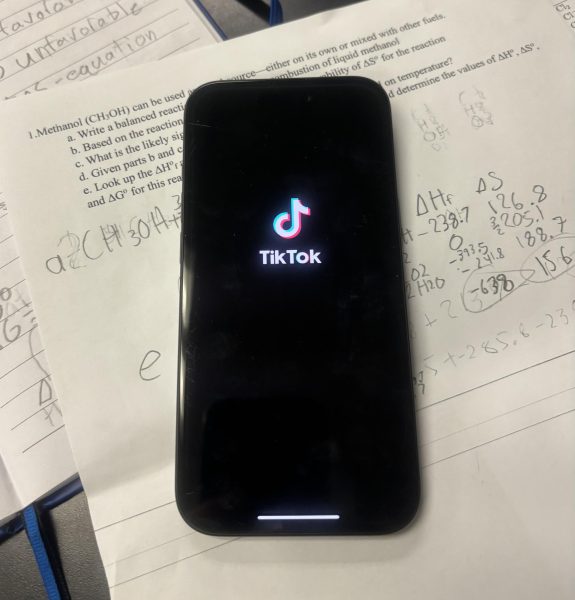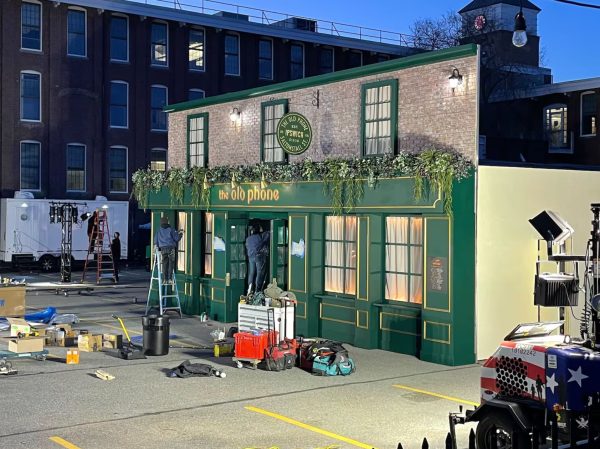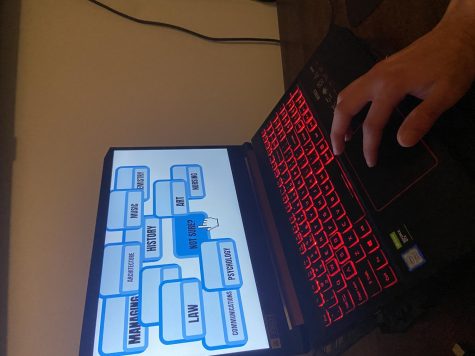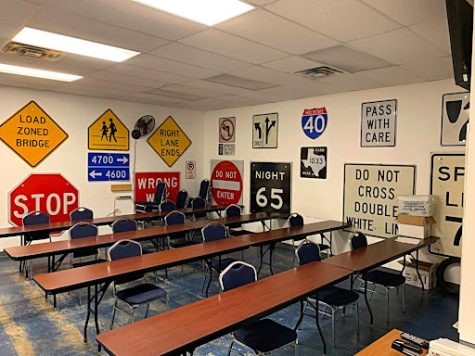Underground Power Lines
Superintendent Mr. Forget speaks on the Triton power outages and possible solutions, including underground power lines
You may recall a recent power outage at Triton after a storm hit the area on October 17th. The schools in the district shut down on that day. Triton superintendent Brian Forget is frustrated with these fairly frequent power outages, and has been looking into possible solutions.
Forget is the one with the power to decide to shut down the schools. He has to make the announcement official by 6:00 am at the latest, and he tends to be in communications with many different people when making the decision. For example, if a snowstorm happens, usually the police or the DPW (Department of Public Works) will contact him in regards of road conditions. Forget also hears from other Triton workers, such as Christopher Walsh, in regards to building conditions.
When a power outage happens, Forget has to rely on information from National Grid, the company that provides electricity in the area, when it comes to time frames and when the power will possibly be restored. Though sometimes National Grid is not always the most reliable source. “It can be frustrating when we get little information, or bad information, from them as we have to rely solely on them when we have no power,” Forget said.
The Newbury/Byfield area where the Triton schools are located tend to be particularly harsh when storms hit. When asked about possible solutions to the frequent power outages, Forget said, “we have looked at renewable energy sources on this campus many times, and continue to review the possibilities. That would be a solution to the problem, but we have not found a way to cost effectively add solar or wind sources on this campus”.
Within the past few years, several states, such as Florida, have begun to develop underground power lines. If they are built in Massachusetts, they could be seen as a possible solution to the power outages at Triton. Forget believes these would be a good solution in regard to reliability of power, since there would be little to no weather disruption. However, he also said, “while that may be feasible in some locations, moving our entire power grid to be below grade solution would require a massive amount of spending to achieve, and that would come out of our pockets as the consumer.” According to Edison Electrical Institute, underground lines cost in the range of $20 to $40 per foot, as opposed to regular above ground power lines, which cost around $10 per foot. The cost of underground transmission can be 10–14 times as expensive as overhead power lines in highly urbanized areas.
Hey! My name is Christina Varsamis, and I am a junior at Triton High School. I enjoy making art and playing video games. I have a sister. I don’t know...











